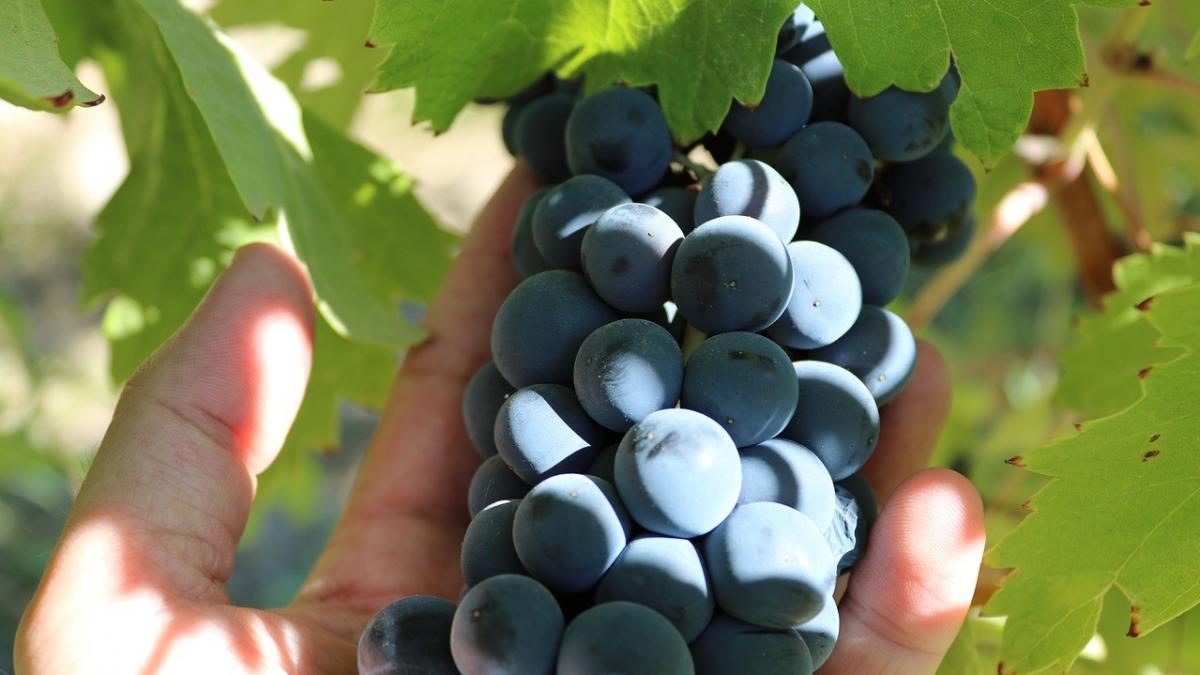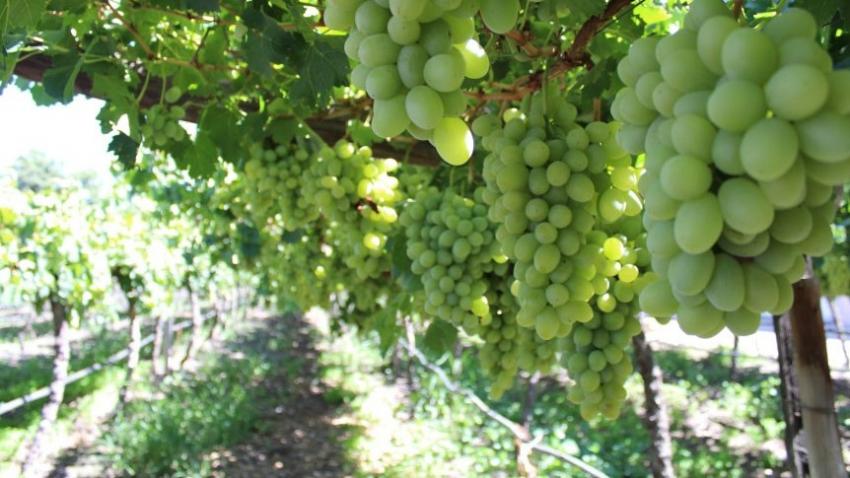According to a recent report by the U.S. Department of Agriculture’s Foreign Agricultural Service, global production of table grapes in the 2022/23 season is projected to reach 27.3 million metric tons, representing an increase of 1.1 million metric tons and marking the fourth consecutive year of growth. China is expected to maintain its position as the world’s largest producer with an estimated output of 12.6 million metric tons. Although Chile and the United States are forecast to see lower production, this is anticipated to be offset by significant growth in China, the European Union and Turkey. Peru’s production has been consistently growing for eight years in a row and the country is on track to surpass Chile as the world’s leading table grape exporter.

On account of favorable growing conditions and a continued improvement in agricultural techniques, China’s production is forecast to increase by 620,000 metric tons to 12.6 million metric tons. This increased supply should drive exports to Asian markets, particularly Thailand and Vietnam, with China’s total export volume projected to reach 390,000 metric tons. Steady counterseasonal trade is anticipated to keep imports stable at 180,000 metric tons.

Owing to frost damage and a continued lack of water available for irrigation, table grape production in the United States is forecast to shrink to 811,000 metric tons, marking the fourth consecutive year of decrease. This reduced supply is projected to reduce exports to 247,000 metric tons, including lower exports to key markets such as Canada and Mexico. Because of higher production in Peru and increased exports from Chile, U.S. table grape imports in the 2022/23 season are anticipated to reach a record high of 746,000 metric tons.

Benefiting from favorable growing conditions and higher yields from new plantings, Peru’s production is forecast to rise to 766,000 metric tons, marking the eighth consecutive year of growth. On the basis of this increased production, exports to North America, particularly the United States, are expected to surge, with the total export volume estimated to grow by nearly 60,000 metric tons to 595,000 metric tons. If this is achieved, Peru will surpass Chile to become the world’s largest table grape exporter.

On account of adverse growing conditions and a reduction in planting area, Chile’s own production is expected to drop by 70,000 metric tons to 725,000 metric tons. Some grape growers are substituting old varieties with new higher-yielding ones, while in certain regions, grapes are being replaced by more lucrative crops such as cherries and walnuts. Consequently, Chile’s grape exports are forecast to decrease by 53,000 metric tons to 555,000 metric tons.


In Australia, heavy spring rainfall led to challenges with disease control for some grape growers. The country’s table grape production in the 2022/23 season is expected to grow slightly to 200,000 metric tons. Meanwhile, improved logistics have revitalized exports, especially to China, and the export volume is expected to rebound from the decline caused by the COVID-19 pandemic over the past two years, increasing by 20,000 metric tons to 130,000 metric tons. Nevertheless, the delayed commencement of the season due to chilly and damp weather is anticipated to restrict the amount of fully ripe grapes toward the end of the season, thereby hindering a more robust recovery.

Turkey’s production is set to rebound, with an estimated increase of 380,000 metric tons to reach a total of 2.2 million metric tons, as vineyards recover from the frost damage experienced last year and benefit from favorable growing conditions leading to improved yields. Despite this larger supply, exports are forecast to decline by 39,000 metric tons to 225,000 metric tons, primarily because of weaker demand from Ukraine. Nevertheless, the higher output and reduced exports are expected to drive domestic consumption to surpass 2.0 million metric tons once again.
India’s production is forecast to remain essentially unchanged at 2.9 million metric tons owing to the adverse impact of heavy and unseasonal rains, which have hindered output for the second consecutive year and diminished the amount of export-quality grapes. Moreover, the increasing domestic demand for raisins has resulted in grapes being diverted toward raisin production, further reducing the quantity available for export. Overall, exports are expected to fall by 20,000 metric tons to 255,000 metric tons, with reduced shipments especially to India’s top market of Bangladesh.
Following two consecutive years of decline, EU production is poised for a rebound with new plantings of seedless varieties in Italy, Spain and Portugal entering production, bringing the total output to an estimated 1.6 million metric tons, corresponding to an increase of 161,000 metric tons. With these higher supplies and little change in exports due to high freight and transportation costs, consumption is anticipated to exceed 2.0 million tons as exports remain relatively stable at 170,000 metric tons. Imports are also forecast to stay at a similar level of 590,000 metric tons.
Image: Pixabay